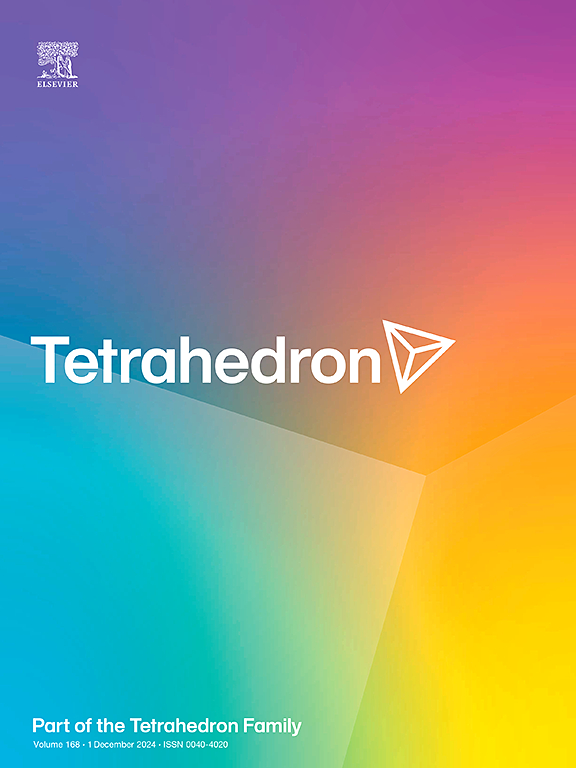Recent advances and prospects in the gold-catalyzed synthesis of oxazoles
IF 2.1
3区 化学
Q2 CHEMISTRY, ORGANIC
引用次数: 0
Abstract
Oxazoles are heterocyclic compounds distinguished by a five-membered ring structure, featuring oxygen and nitrogen atoms at positions one and three. Renowned for their diverse chemical and biological properties, oxazoles hold significant value across a spectrum of disciplines including medicinal chemistry, materials science, and agrochemicals. Their ubiquitous presence underscores their pivotal role in scientific research and industrial applications alike. In the initial phases, transition metal-mediated methodologies were commonly adopted for the synthesis of oxazoles. Frequent use of these metals can pose environmental and health risks, prompting efforts to develop sustainable and environmentally benign catalytic methodologies. Gold catalysis emerges as one of the preferred greener alternatives in this context. The straightforward, diverse, and extensive chemistry demonstrated by gold renders it a highly appealing option for catalysis. Driven by its remarkable versatility and distinctive properties, we have gathered here the progress made in gold-catalyzed oxazole synthesis since 2004. The key advantages of this reaction lie in its high efficiency, chemoselectivity, regioselectivity, recyclability of the catalytic system, greater atom economy, and mild reaction setup. This review provides an overview of the Au-catalyzed oxazole synthesis covering the literature until early 2024.

求助全文
约1分钟内获得全文
求助全文
来源期刊

Tetrahedron
化学-有机化学
CiteScore
3.90
自引率
4.80%
发文量
439
审稿时长
34 days
期刊介绍:
Tetrahedron publishes full accounts of research having outstanding significance in the broad field of organic chemistry and its related disciplines, such as organic materials and bio-organic chemistry.
Regular papers in Tetrahedron are expected to represent detailed accounts of an original study having substantially greater scope and details than that found in a communication, as published in Tetrahedron Letters.
Tetrahedron also publishes thematic collections of papers as special issues and ''Reports'', commissioned in-depth reviews providing a comprehensive overview of a research area.
 求助内容:
求助内容: 应助结果提醒方式:
应助结果提醒方式:


